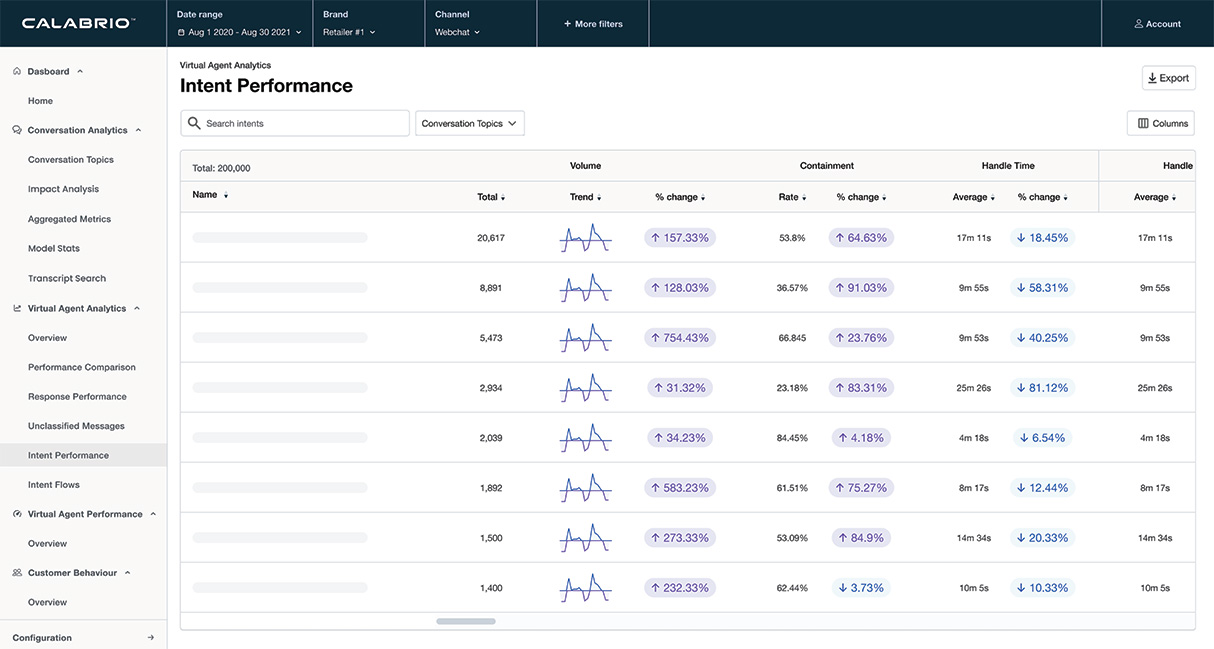Forecasting: Measure twice; cut once
Forecasting: Measure twice; cut once

“Measure twice; cut once,” is a carpentry expression that recommends measuring pieces to be cut several times before actually proceeding. Obviously, if wrongly measured then cut, the action cannot be “uncut” or undone, thus wasting resources.
The corresponding parallel in the contact center world is forecasting. In statistics, it is said: “Forecasts are always wrong, but how wrong your wrong is, is what matters.” For a forecast to be useful, it needs to be within a variance threshold of approximately plus or minus ten percent. A forecast, for example, “off” by 30 percent for an entire month, ends up being very costly.
If your forecast is too high, you’ll be overstaffed with idle agents, unused PCs: a waste of resources and money. Too low and you lose again, this time in the form of dissatisfied customers, upset by long waiting times. Furthermore, poor service levels generally leave agents over-worked and exhausted from the relentless call-after-call barrage.
Frequently, training and other off-board tasks also get cancelled. Perhaps even supervisors must take the calls now, abandoning their role listening to agents and driving performance. Perhaps your PTOs or leaves, blackened out from understaffing, back-fire on employee morale and negatively impact performance, adherence and absenteeism. You are losing money again. Worse, you also risk losing customers.
The hardest part is recovery. Plans based on poor forecasts takes time, and time is money: HR must hire needed staff; IT must supply and connect new PCs and routers; agents must get trained before their productivity curve matches that of their colleagues.
Moral of the story for forecasting: it’s crucial to measure twice before cutting.
What does this mean for us workforce planners? Here are a few crucial steps in your process that will help you get those forecasts in line.
- Prepare workloads: Clean up your data! Preparing the workload allows you to look at the historical data and spot those data points that are out of sync, see trends over time and visually predict the direction of demand. For those data points out of sync with your patterns, or too high or too low to due to outages, clean them up.
- Mark special and re-occurring events: For more accurate forecasting, mark special and re-occurring events, such as bank holidays, festivals, sports and religious events.
- Collaborate: Get information from other departments about factors that may impact your volume or AHT: e.g. new product launches, TV commercials, newspapers ads or changes in product features, services or billing procedures. Then open the Calabrio forecasts and adjust the increase or decrease in volume and call duration according to the acquired information.
Calabrio tools allow to you tweak and fine-tune your forecasting while ensuring customer and agents satisfaction. You as contact center manager/planner will deliver more accurate volume and call-duration forecasting, while maintaining efficiency and profitability.









